15 UMMA Objects
15 UMMA Objects

Wang Mengbai
Pair of Mandarin Ducks (Scroll)
1915 – 1925
Gift of Sharlynn and Andrew Circo, in memory of Sotokichi Katsuizumi
2011/2.188
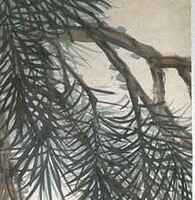
Ren Xun (Jen Hsün)
Tea Blossoms, Pine Branches and Mynah Bird
1835 – 1857
Museum purchase made possible by the Margaret Watson Parker Art Collection Fund
1986/2.12
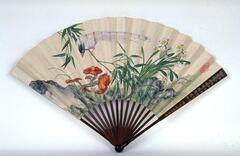
Giuseppe Castiglione (Italian (culture or style))
Bird on a Bamboo Branch
1731 – 1771
Gift of Mr. Alfred L. Aydelott
1969/2.167
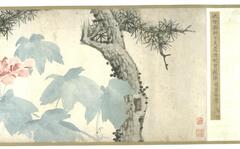
Shen Zhou
Pine and Hibiscus
1489
Museum purchase made possible by the Margaret Watson Parker Art Collection Fund
1961/1.173
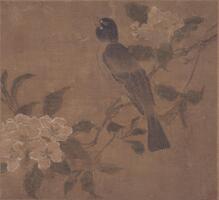
Chinese (Chinese (culture or style))
Bird on a branch
1420 – 1435
Gift of Dorothy Dunlap Cahill
2002/2.353
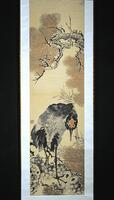
Ren Xun (Jen Hsün)
Crane, Pine and Bamboo
1860 – 1887
Museum Purchase made possible by the Friends of the Museum of Art
1987/1.265
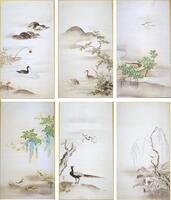
19th century
Museum purchase made possible by the Margaret Watson Parker Art Collection Fund
1965/1.179

Japanese (Japanese (culture or style))
Cloisonné Vase
19th century
Bequest of Cora E. Shoecraft
1983/1.360
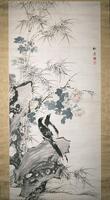
Yamamoto Baiitsu (Japanese (culture or style))
Magpies and Hibiscus
1831
Museum purchase made possible by a gift from Helmut Stern
1986/1.165

Maruyama Ōkyo
Bird on a Plum Branch
1750 – 1799
Museum purchase made possible by the Margaret Watson Parker Art Collection Fund
1964/1.105
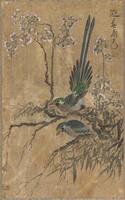
Korean (Korean (culture or style))
Birds and Flowers
19th century
Gift and partial purchase from Bruce and Inta Hasenkamp, purchase with funds from Elder and Mrs Sang-Yong Nam
2021/1.165
Loading…

